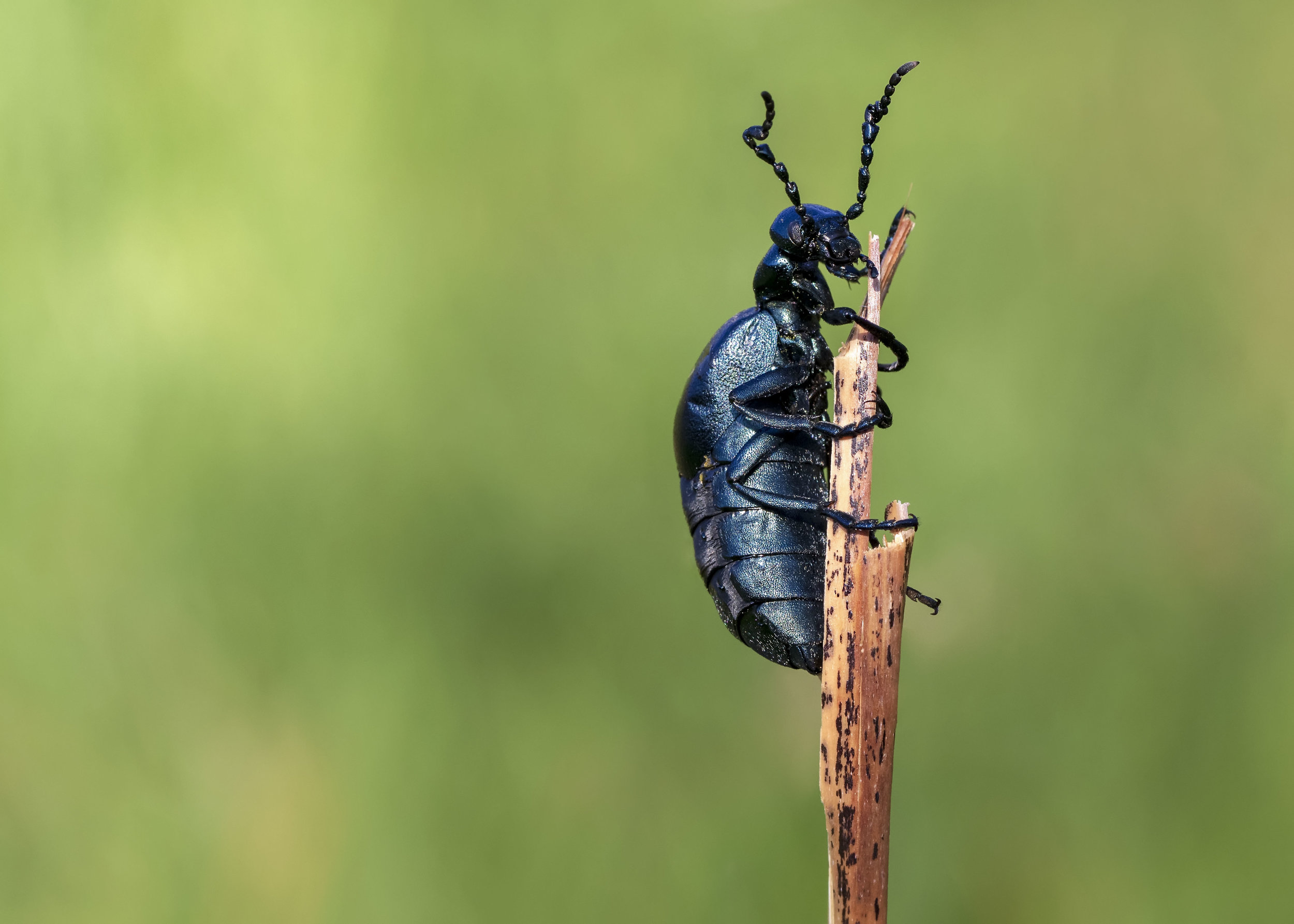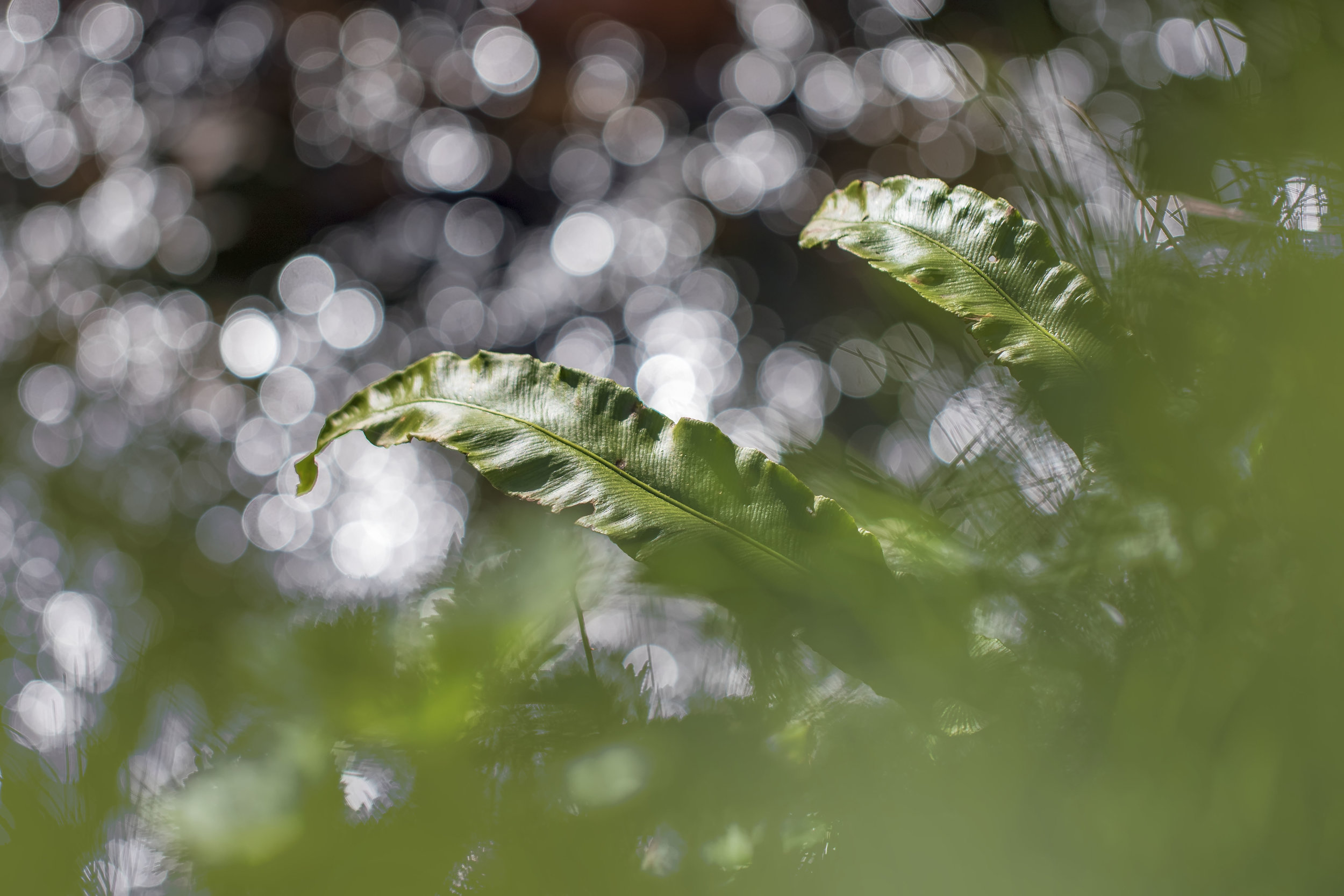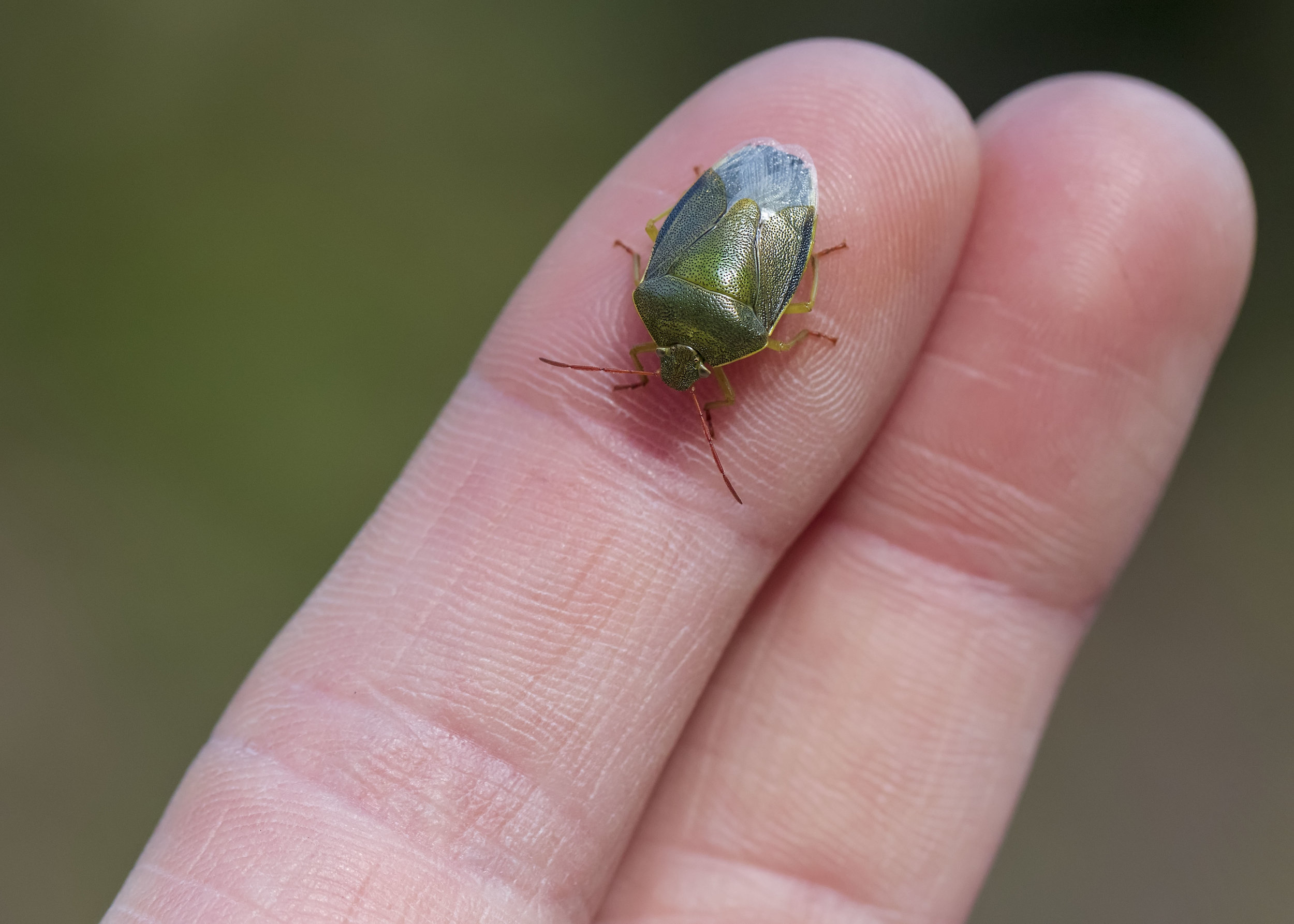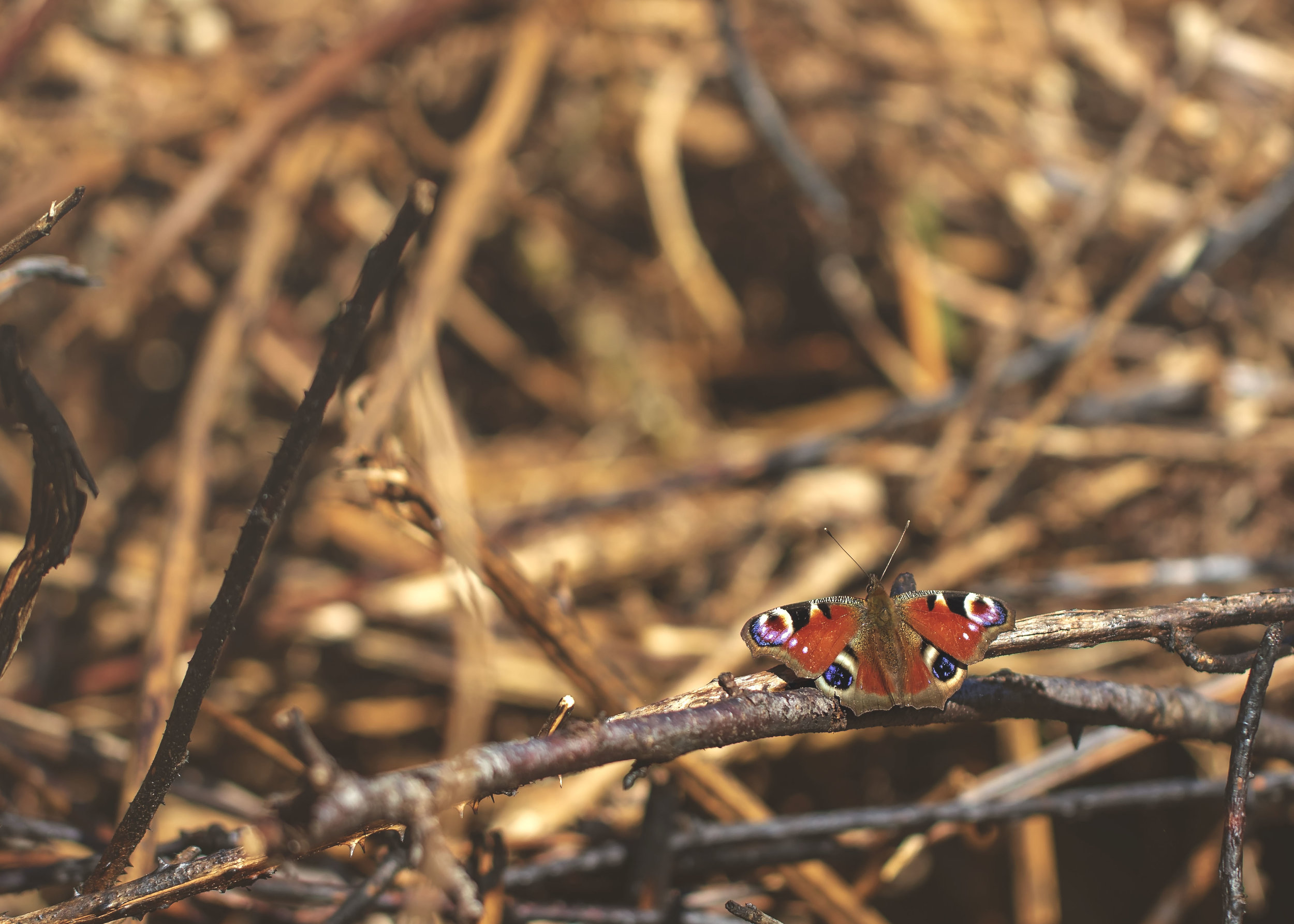I set out today with the intent to find Oil Beetles. A specialist species that are in major decline across the country. There are a few different species, all of which are pretty rare but the most commonly found is the Violet Oil-beetle, which is the only species I’ve managed to find myself so far. A quick walk around the site and I didn’t spot any, but upon getting back to the car I’d realised I must have dropped my sunglasses…. AGAIN! so I retraced my steps and this time, it turned out to be a good thing, as not only did I re-locate my glasses but I stumbled upon 3 adult female Oil-beetles AND thousands of larvae on their food plant, lesser celandine. These Oil Beetles must have been laying eggs really early this year for there to be so many larvae hatching already. That warm weather in February must have made them come out early as I wouldn’t usually find them out till April in this location. I’ve probably mentioned it before, but the lifestyle of these beetles is incredible. They are what we like to call a ‘symbiotic’ or a more accurate discription would be a parasitic species, which means their life is dependant upon another species. In this beetles case, they are dependant upon the life cycle of solitary mining bee’s, which, as their names suggests, burrow into the ground to make their nest. It’s then the female Oil-beetles job to find those nests and to burrow into them to lay her own eggs inside. When the eggs hatch, her larvae then eat the eggs of the Bee’s and the pollen supplies collected by the bees and once that supply is gone, they latch onto the bee’s like a parasite, for the bee’s to drop them off to the flowers from which the larvae use the bee’s to fly them to new flowers once they’ve exhausted the pollen supplies. This process can happen a few times too, as the bees could take the larvae back to a different nest.
Just incredible! If you’d like to learn more about the other species of Oil Beetle, check out this PDF put together by Buglife.
Other species noted were Gorse Shieldbug, Bronze Shieldbug, Spotted Sedge Caddisfly ( Likely Polycentropus flavomaculatus), Brimstone, Orange-tip, Peacock and Small Tortoiseshell Butterflies.
I didn’t take any pictures of birds on this trip despite lugging the big lens around but Blackcap, Chiffchaff and Mistle Thrush were the dominant songsters in the woodland. No Pied Flycatchers back in the wood just yet but lots of Badger activity.










